Summary
- ntfy.sh offers full control over alerts from various devices & systems.
- Simple self-hosting setup with minimal overhead makes it perfect for low-resource servers.
- Integrates seamlessly with existing tools & allows for customized notifications for increased efficiency.
There’s something powerful about taking control of your digital life, especially when it means your devices talk to you on your terms. I’ve set up systems to self-host all sorts of services, but adding notifications to that mix has been one of the most rewarding upgrades I’ve made. I used to rely on email alerts or proprietary push services, but they always felt either too slow, too noisy, or too locked down.
Then I found ntfy.sh, a self-hosted push notification service that instantly changed how I monitor and respond to events across my network and devices. Whether it's an alert from my NAS, a Raspberry Pi temperature spike, or a reminder from a cron job, everything now flows through one fast, simple, and private system that I fully control.
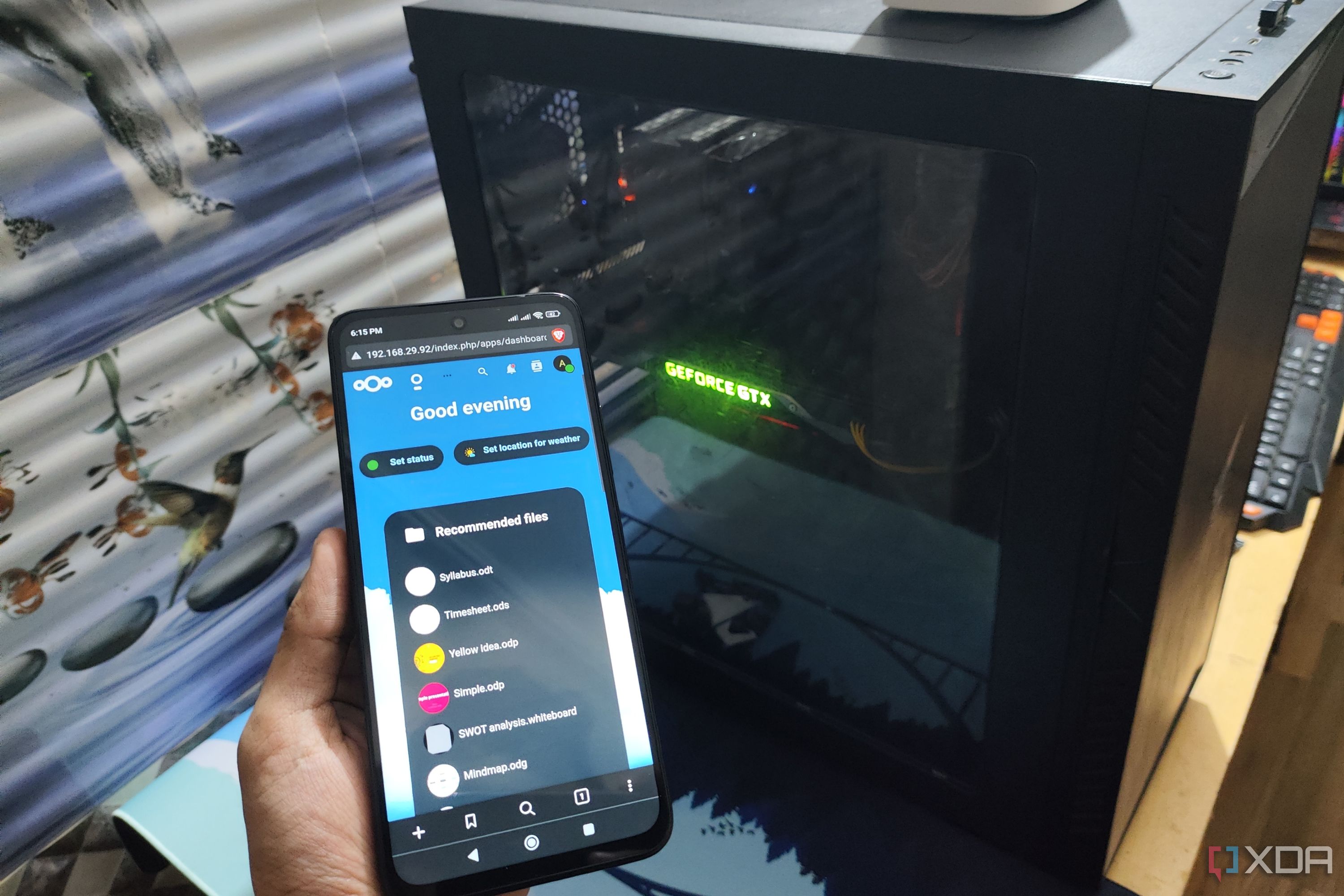
Related
8 self-hosted tools I use on Windows instead of popular cloud apps
Tired of relying on subscription-heavy cloud services? Here are some useful applications you can self-host on your daily driver
The power of owning my notifications
ntfy.sh gave me complete control over alerts
At its core, ntfy.sh is a lightweight publish-subscribe server that enables you to send push notifications from nearly anything. Messages can be published using curl, Python, Node.js, or even from a web browser. The ntfy app receives those messages instantly and is available for Android, iOS, and desktop.
What makes this setup stand out is its ease of self-hosting. I deployed it in a Docker container in under 10 minutes, and I was up and running with a secure instance and user authentication. The documentation on GitHub is clear and concise and covers nearly every use case. Once I had it set up, the versatility really started to shine.
I use ntfy with Home Assistant, Uptime Kuma, and custom scripts running on my Raspberry Pis. Whenever an automation triggers or a service goes down, I receive a push notification that I can act on immediately. And because I self-host it, I don’t have to worry about rate limits, data mining, or outages that are beyond my control.
It’s fast, reliable, and dead simple
Low overhead with a significant impact
One of the biggest surprises was how little overhead ntfy.sh requires. The entire stack is minimal, making it a perfect match for a Raspberry Pi or any low-resource Linux server. You don’t need a database. You don’t even need SSL certificates if you reverse proxy it through something like Nginx Proxy Manager or Caddy, both of which can handle HTTPS for you.
The ntfy.sh notification service is a perfect match for a Raspberry Pi or any low-resource Linux server
Since it supports MQTT-style topics, I was able to create channels for different categories of alerts, such as network, power, backups, system updates, and even fun stuff like when a print job finishes on my 3D printer. This separation keeps things tidy and makes it easy to filter out noise when I’m focused on just one thing.
Delivery is fast. It takes less than a second for a script to post a message and for it to show up on my phone. And the ability to include attachments, set priorities, and even define notification tags means it’s more potent than you might expect from such a small tool.
Integrations make it incredibly useful
Works great with everything I already use

The thing that sealed the deal for me was how well ntfy.sh integrates with the tools I already use. Uptime Kuma natively supports ntfy for alerts. Home Assistant can send HTTP POST requests, so it only took a few lines in an automation to start pushing alerts through ntfy. Even my backup scripts now include curl commands to notify me when jobs start and finish, or if an error occurs.
I’ve also built some small quality-of-life tools using Bash and Python to send reminders to myself. They’re perfect for nudging me when disk space is getting low or when it’s time to clean the 3D printer bed. Because the service uses standard HTTP calls, any device that can send a web request can utilize it. There’s no need for extra APIs or SDKs.
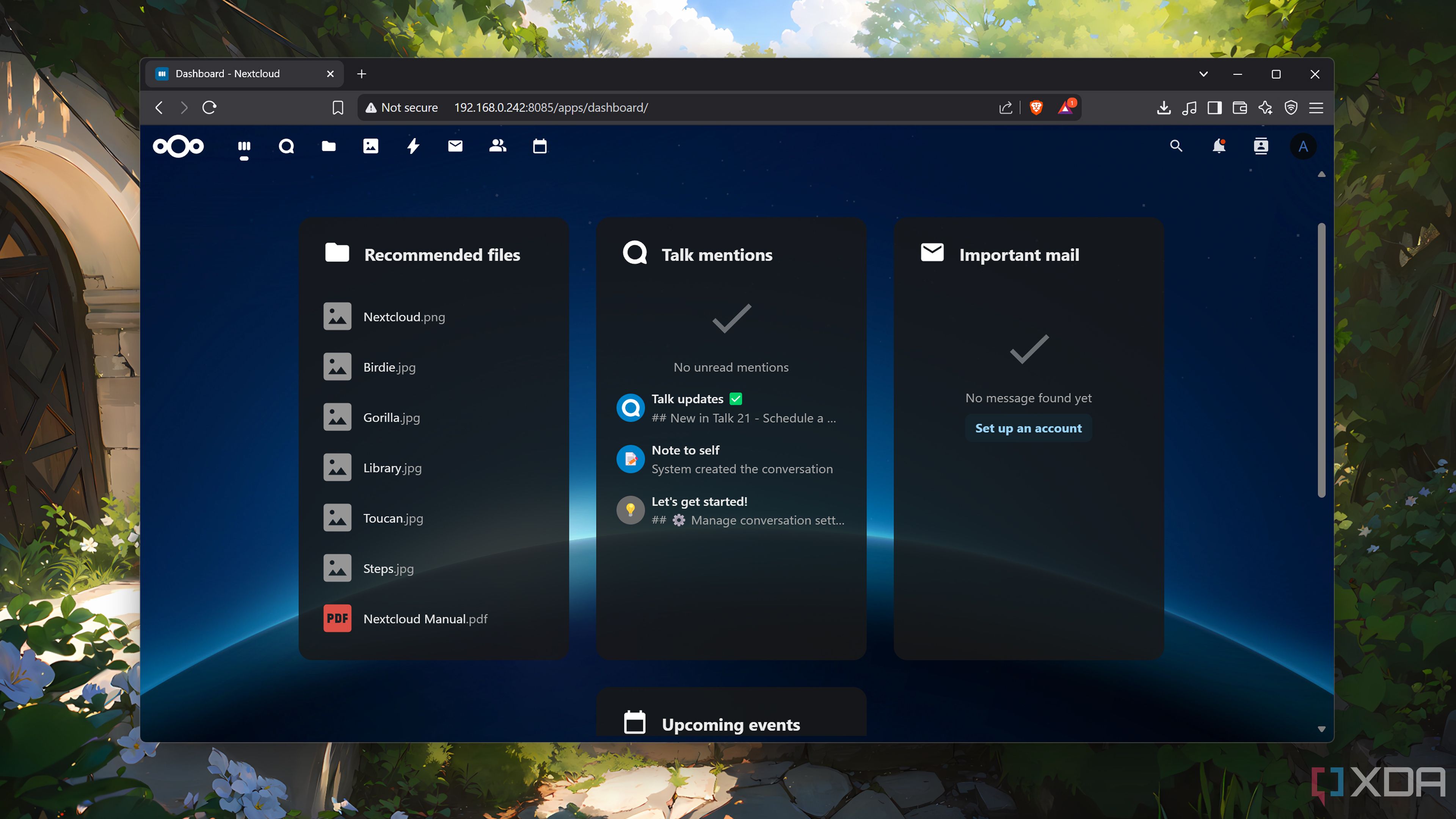
Related
10 quality-of-life services I self-host on my home lab
Make your life easier by deploying these useful apps on your home server
There’s also a great mobile app that supports background delivery and notifications with full customization. I can set sounds, vibration patterns, and do-not-disturb rules per topic, which lets me prioritize emergency alerts while keeping routine pings silent when I’m sleeping or busy.
But it’s not perfect for everyone
Some folks may want more polish
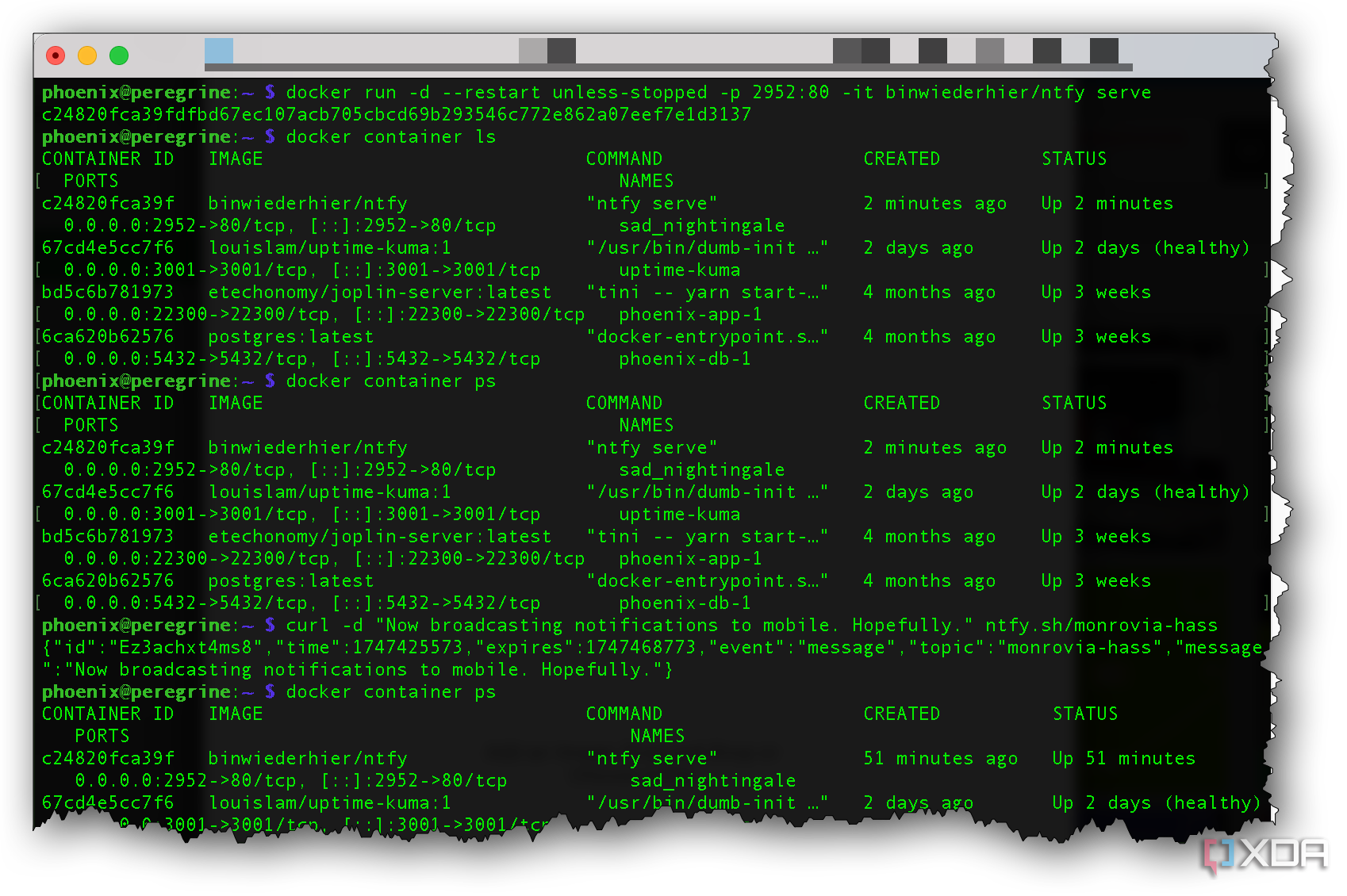
While I love ntfy.sh, I’ll admit it’s not the most user-friendly system out of the box. If you’re not comfortable using curl or writing scripts, you might find the setup a little too barebones. There’s no flashy web dashboard, unless you count the message viewer. While Docker makes installation simple, it still requires some comfort with the command line.
If you’re not self-hosting, the free tier of ntfy.sh’s public instance does come with some usage limits
If you’re coming from a polished commercial service like Pushover or Pushbullet, ntfy might feel too minimalist. Those services offer polished apps and advanced features, such as delivery tracking or scheduling, that ntfy doesn’t replicate without custom work. And if you’re not self-hosting, the free tier of ntfy.sh’s public instance does come with some usage limits.
Still, for anyone comfortable with basic self-hosting, the trade-off is worth it. You gain full ownership, enhanced performance, and complete flexibility, all without relying on third-party services.
I don’t want to go back
Self-hosted notifications just make sense now
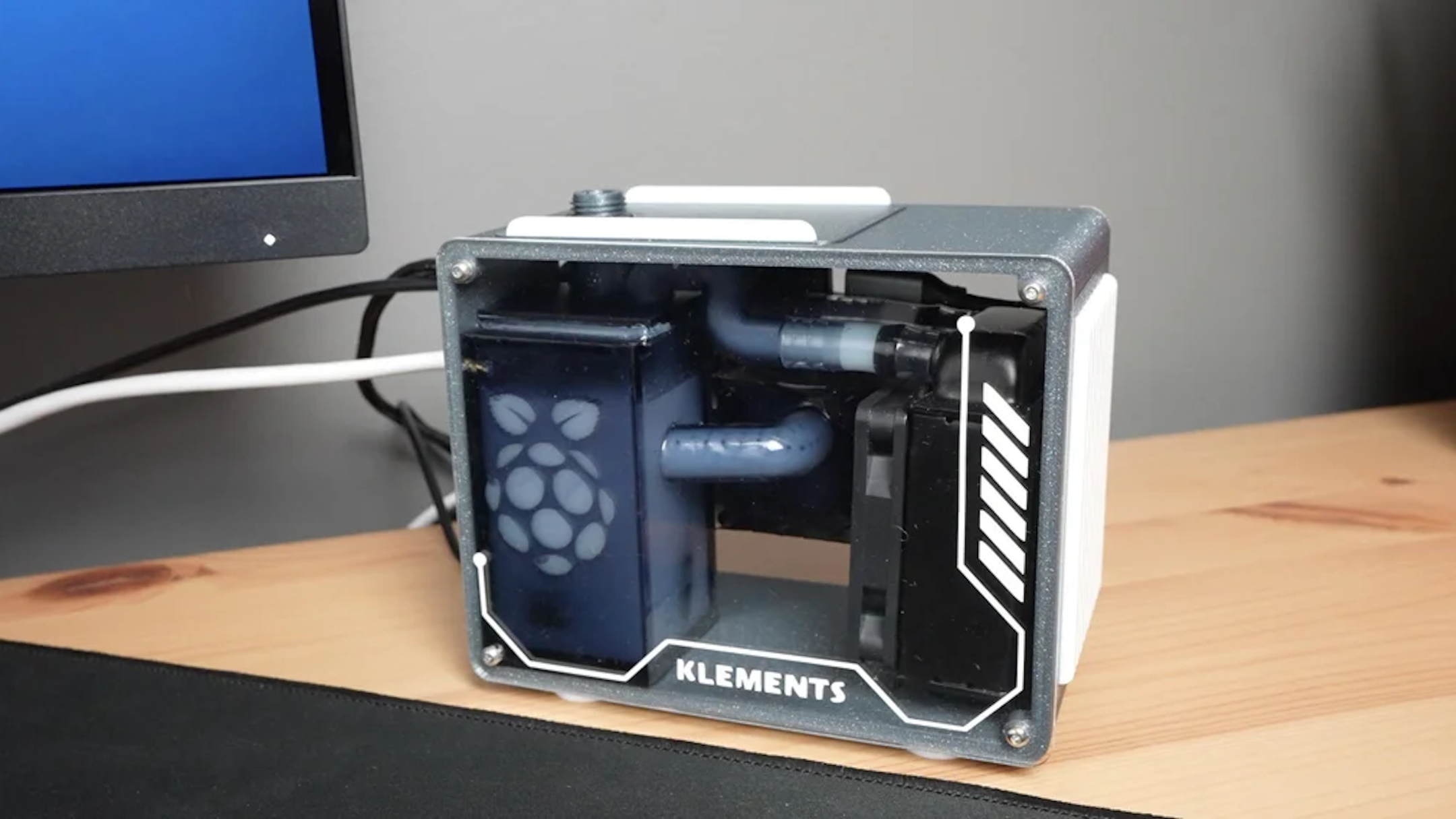
Self-hosting my notification system has given me more visibility and control over my digital life. I’m no longer guessing whether an automation ran or a backup completed. My devices talk to me exactly when I need them to, and only about the things I care about.
Setting up ntfy.sh turned out to be one of the most valuable things I’ve done in my home lab, and it continues to surprise me with its adaptability. If you’re already self-hosting anything, from media servers to smart home systems, there’s no reason not to add ntfy.sh to your toolbox. It’s simple, powerful, and entirely under your control. Once you’ve seen how it transforms your notifications, it’s hard to imagine going back to the old way.
.png)
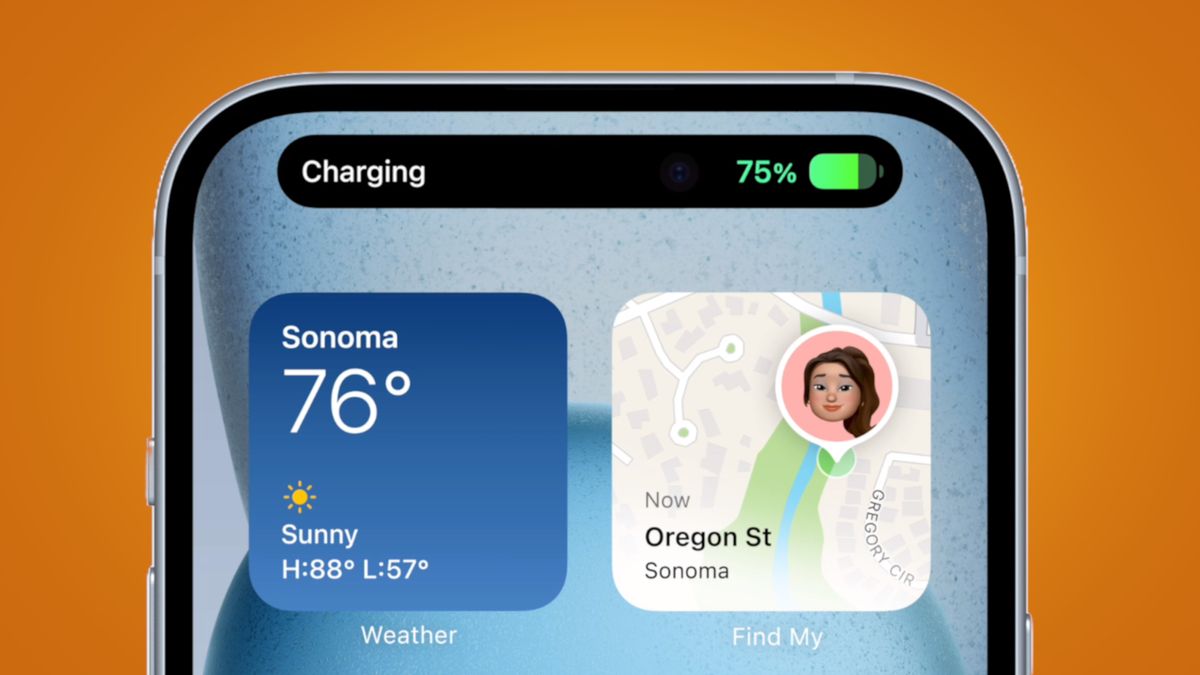








 English (US) ·
English (US) ·